Home>Furniture & Design>Bathroom Accessories>Why Does A Shower Curtain Blow In


Bathroom Accessories
Why Does A Shower Curtain Blow In
Modified: October 21, 2024
Discover the reasons why a shower curtain blows in and find the perfect bathroom accessories to keep it in place. Explore our range of products today!
(Many of the links in this article redirect to a specific reviewed product. Your purchase of these products through affiliate links helps to generate commission for Storables.com, at no extra cost. Learn more)
Introduction
Have you ever wondered why your shower curtain has a mind of its own, seemingly drawn to you as you shower, or why it billows inward as if caught in a mysterious breeze? The phenomenon of a shower curtain blowing in while you're showering is a common yet perplexing occurrence that has puzzled many. In this article, we will delve into the science behind this curious behavior, explore the factors contributing to shower curtain movement, and discuss effective ways to prevent it from disrupting your showering experience.
The enigma of a shower curtain blowing in can be both amusing and frustrating. It often leads to a battle of wills as you attempt to maintain your privacy and keep the water within the confines of the shower. Understanding the underlying reasons for this phenomenon can provide valuable insights into how to address and mitigate it. So, let's embark on a journey to unravel the mysteries of shower curtain movement and discover practical solutions to this common bathroom conundrum.
As we delve into the science behind air flow and its impact on the movement of a shower curtain, we will uncover the fascinating interplay of forces that come into play within the confines of a bathroom. By shedding light on the factors contributing to shower curtain movement, we can gain a deeper understanding of the dynamics at play and the various elements that influence this peculiar behavior.
Furthermore, we will explore a range of effective strategies and practical tips to prevent your shower curtain from blowing in, allowing you to enjoy a more serene and undisturbed showering experience. By implementing these measures, you can reclaim control over your shower space and bid farewell to the exasperating dance of the shower curtain.
Join us as we embark on a journey to demystify the curious phenomenon of a shower curtain blowing in and equip ourselves with the knowledge and tools to overcome this common bathroom challenge. Let's unravel the science, understand the contributing factors, and discover practical solutions to ensure that your shower curtain stays in its rightful place, allowing you to shower in peace and comfort.
Key Takeaways:
- Say goodbye to the frustrating dance of your shower curtain! Understanding air flow and using curtain liners, weights, and ventilation can keep your curtain in place for a peaceful shower experience.
- The science behind your shower curtain’s mysterious behavior is all about air flow and pressure. By choosing the right materials and using innovative strategies, you can outsmart the forces and enjoy a tranquil shower.
Read more: Why Does A Shower Curtain Turn Pink
The Science Behind Air Flow
The movement of air within a confined space, such as a bathroom, is governed by the principles of fluid dynamics and the Bernoulli principle. When you turn on the shower, the warm water heats the air, causing it to rise and create a convection current. As the warm air rises, it creates a low-pressure zone near the shower, drawing cooler air from the surrounding area. This influx of cooler air results in a gentle but persistent airflow towards the shower, exerting a subtle force on nearby objects, including the shower curtain.
The Bernoulli principle, a fundamental concept in fluid dynamics, further contributes to the movement of air around the shower curtain. According to this principle, an increase in the speed of a fluid (in this case, air) is accompanied by a decrease in pressure. As the warm, rising air near the shower accelerates, it creates a region of low pressure. This low-pressure zone effectively pulls the shower curtain towards the shower, causing it to billow inward.
Moreover, the design and layout of the bathroom play a crucial role in shaping the airflow dynamics. The proximity of the shower to walls, the presence of windows or ventilation openings, and the overall air circulation within the bathroom all influence the patterns of air movement. Additionally, the presence of obstacles or barriers near the shower can disrupt the airflow, leading to variations in pressure and airflow patterns that impact the behavior of the shower curtain.
In essence, the movement of a shower curtain is intricately linked to the complex interplay of air currents, temperature differentials, and pressure variations within the bathroom environment. By understanding the underlying science of air flow, we gain valuable insights into the forces at play and the factors that contribute to the intriguing phenomenon of a shower curtain blowing in. This knowledge forms the foundation for devising effective strategies to mitigate the effects of air flow and maintain a tranquil showering experience.
Understanding the science behind air flow not only demystifies the behavior of the shower curtain but also empowers us to implement practical solutions that harness the principles of fluid dynamics to our advantage. By leveraging this knowledge, we can explore innovative approaches to counteracting the effects of air flow and preserving the serenity of our shower space.
Factors Contributing to Shower Curtain Movement
The movement of a shower curtain is influenced by a myriad of factors, each contributing to the intriguing dance it performs while you shower. Understanding these factors is essential in devising effective strategies to mitigate the disruptive effects of shower curtain movement. Let's explore the key elements that contribute to this phenomenon:
-
Airflow Dynamics: As discussed earlier, the airflow dynamics within the bathroom play a pivotal role in shaping the movement of the shower curtain. The convection currents generated by the warm shower air create a subtle but persistent airflow towards the shower, exerting a gentle force on the curtain and causing it to billow inward. The interplay of temperature differentials, air circulation patterns, and the layout of the bathroom all influence the direction and intensity of the airflow, directly impacting the movement of the shower curtain.
-
Shower Design and Layout: The design and layout of the shower area can significantly influence the behavior of the shower curtain. The proximity of the shower to walls, the presence of windows or ventilation openings, and the overall spatial configuration of the bathroom contribute to the airflow patterns and pressure differentials that affect the curtain's movement. Additionally, the presence of obstacles or barriers near the shower can disrupt the airflow, leading to variations in pressure and airflow patterns that impact the behavior of the shower curtain.
-
Curtain Material and Weight: The material and weight of the shower curtain play a crucial role in determining its susceptibility to movement. Lightweight or thin curtains are more prone to being affected by airflow, as they offer less resistance to the subtle forces exerted by the convection currents and pressure differentials. In contrast, heavier and more substantial curtains may exhibit less pronounced movement, offering greater resistance to the airflow and maintaining a more stable position during showering.
-
Ventilation and Air Circulation: The ventilation system and overall air circulation within the bathroom contribute to the airflow dynamics that influence the movement of the shower curtain. Proper ventilation can help regulate air pressure and minimize the impact of convection currents, reducing the tendency of the curtain to billow inward. Conversely, inadequate ventilation or stagnant air circulation can exacerbate the effects of airflow, intensifying the movement of the curtain.
By comprehensively understanding these factors, we can gain valuable insights into the complex interplay of elements that contribute to the movement of a shower curtain. Armed with this knowledge, we can explore effective strategies to address each contributing factor and implement practical measures to minimize the disruptive effects of shower curtain movement, allowing for a more tranquil and undisturbed showering experience.
Ways to Prevent Shower Curtain from Blowing In
Preventing the incessant inward billowing of a shower curtain can significantly enhance the comfort and serenity of your showering experience. By implementing effective strategies to counteract the disruptive effects of air flow, you can reclaim control over your shower space and bid farewell to the exasperating dance of the shower curtain. Here are practical and innovative ways to prevent your shower curtain from blowing in:
1. Curtain Liner and Magnets
Installing a high-quality curtain liner can serve as a barrier against the intrusion of air and water, effectively minimizing the inward movement of the shower curtain. Additionally, utilizing magnetic weights or clips at the bottom of the curtain can provide further resistance to airflow, anchoring the curtain in place and preventing it from billowing inward.
Read more: Why Does The Shower Curtain Stick To Me
2. Ventilation Optimization
Enhancing the ventilation within the bathroom can mitigate the effects of convection currents and pressure differentials, reducing the tendency of the shower curtain to move inward. Ensuring proper airflow and ventilation can help stabilize the air pressure, minimizing the disruptive impact on the curtain.
3. Curtain Weights and Hooks
Incorporating curtain weights or chains at the bottom hem of the shower curtain can counteract the forces exerted by air flow, maintaining the curtain's position and preventing it from being drawn inward. Additionally, utilizing sturdy hooks and hangers can provide additional support, minimizing the susceptibility of the curtain to movement.
4. Sealing the Edges
Ensuring a tight seal along the edges of the shower curtain can effectively impede the intrusion of air and water, reducing the likelihood of inward movement. Utilizing adhesive or magnetic strips along the edges can create a secure barrier, preventing air flow from displacing the curtain.
5. Curtain Material Selection
Opting for a heavier and more substantial curtain material can enhance its resistance to airflow, minimizing the tendency to billow inward. Choosing a curtain with a higher density and weight can provide greater stability, reducing the disruptive effects of air flow during showering.
Read more: Why Does My Shower Curtain Smell
6. Airflow Redirectors
Strategically positioning airflow redirectors, such as small fans or air deflectors, can alter the airflow patterns within the bathroom, minimizing the impact on the shower curtain. By redirecting the airflow away from the shower area, these devices can effectively reduce the tendency of the curtain to move inward.
By implementing these practical and innovative strategies, you can effectively prevent your shower curtain from blowing in, ensuring a more tranquil and undisturbed showering experience. These measures harness the principles of fluid dynamics and airflow management to counteract the disruptive effects of air flow, allowing you to enjoy a serene and comfortable shower space.
Conclusion
In conclusion, the enigmatic phenomenon of a shower curtain blowing in while showering is a common yet perplexing occurrence that has puzzled many. The interplay of air flow dynamics, temperature differentials, and pressure variations within the bathroom environment contributes to the intriguing dance of the shower curtain, often leading to a battle of wills as individuals strive to maintain their privacy and shower in comfort. However, armed with a deeper understanding of the underlying science and the factors contributing to shower curtain movement, effective strategies can be implemented to prevent this disruptive behavior and enhance the tranquility of the showering experience.
By unraveling the science behind air flow and its impact on the movement of a shower curtain, we have gained valuable insights into the complex forces at play within the confines of a bathroom. The principles of fluid dynamics, including convection currents and the Bernoulli principle, shed light on the subtle yet persistent airflow towards the shower, exerting a gentle force on the curtain and causing it to billow inward. Additionally, the design and layout of the bathroom, the material and weight of the curtain, and the overall air circulation within the space all contribute to the intricate dynamics that shape the movement of the shower curtain.
Exploring the factors contributing to shower curtain movement has provided a comprehensive understanding of the myriad elements that influence this phenomenon. The interplay of airflow dynamics, shower design, curtain material, and ventilation systems collectively contribute to the disruptive effects experienced during showering. By comprehensively understanding these factors, effective strategies can be devised to counteract the inward movement of the shower curtain and restore a sense of calm and comfort to the shower space.
Moreover, the practical and innovative ways to prevent the shower curtain from blowing in offer actionable solutions to mitigate the disruptive effects of air flow. From utilizing curtain liners and magnets to optimizing ventilation and incorporating curtain weights, these strategies harness the principles of fluid dynamics and airflow management to maintain the stability of the shower curtain. By implementing these measures, individuals can reclaim control over their shower space and bid farewell to the exasperating dance of the shower curtain, ensuring a more tranquil and undisturbed showering experience.
In essence, the journey to demystify the curious phenomenon of a shower curtain blowing in has equipped us with the knowledge and tools to overcome this common bathroom challenge. By understanding the science, comprehending the contributing factors, and implementing practical solutions, individuals can ensure that their shower curtain stays in its rightful place, allowing them to shower in peace and comfort.
Frequently Asked Questions about Why Does A Shower Curtain Blow In
Was this page helpful?
At Storables.com, we guarantee accurate and reliable information. Our content, validated by Expert Board Contributors, is crafted following stringent Editorial Policies. We're committed to providing you with well-researched, expert-backed insights for all your informational needs.

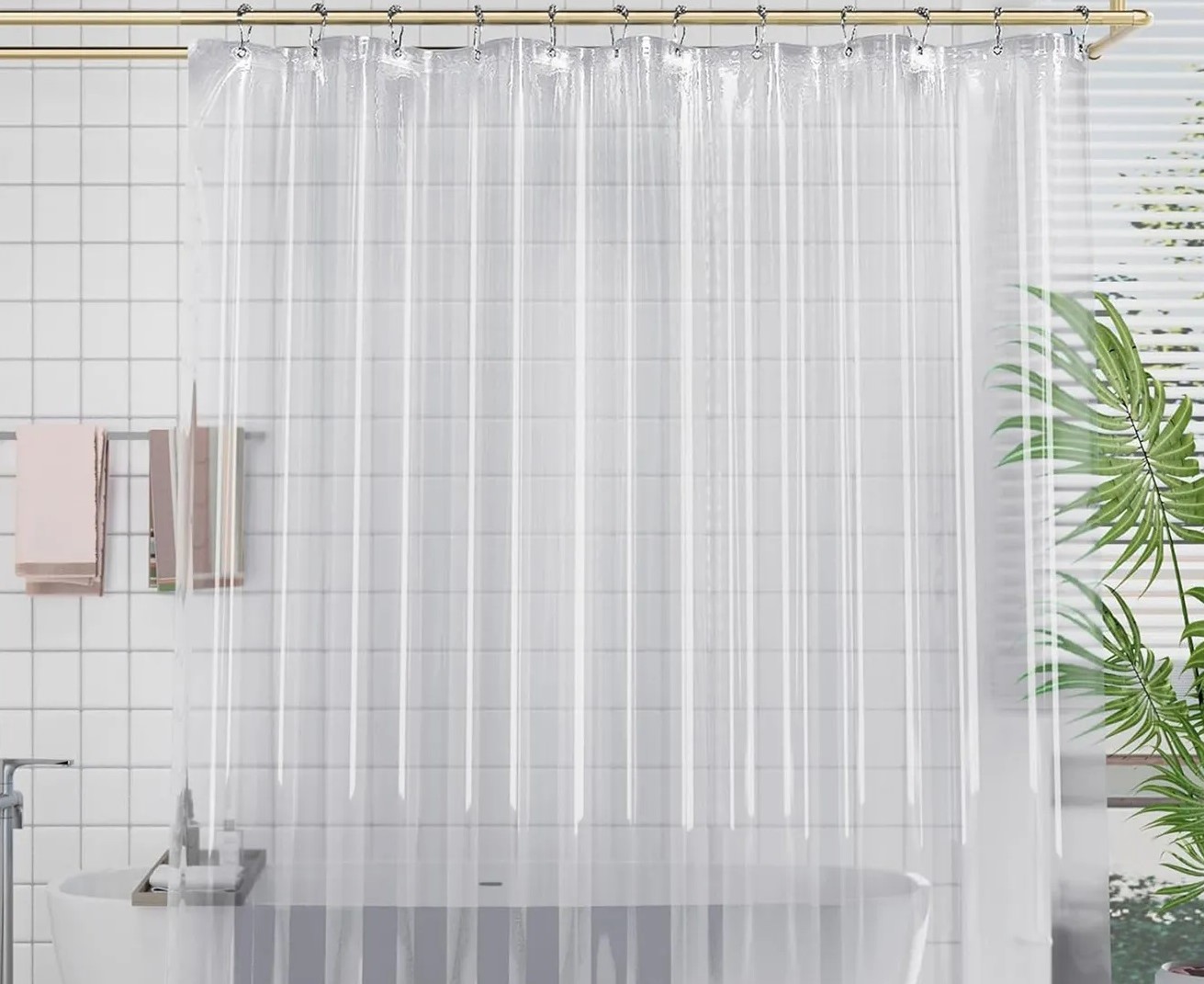
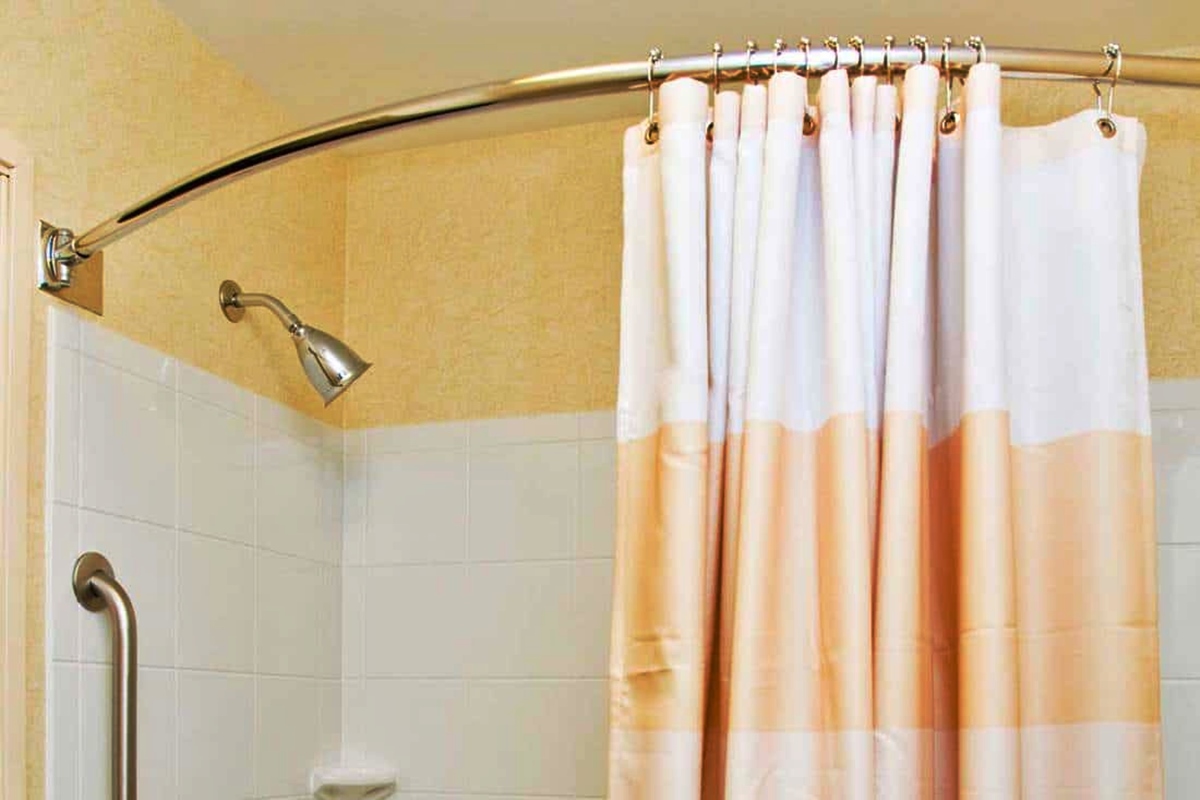

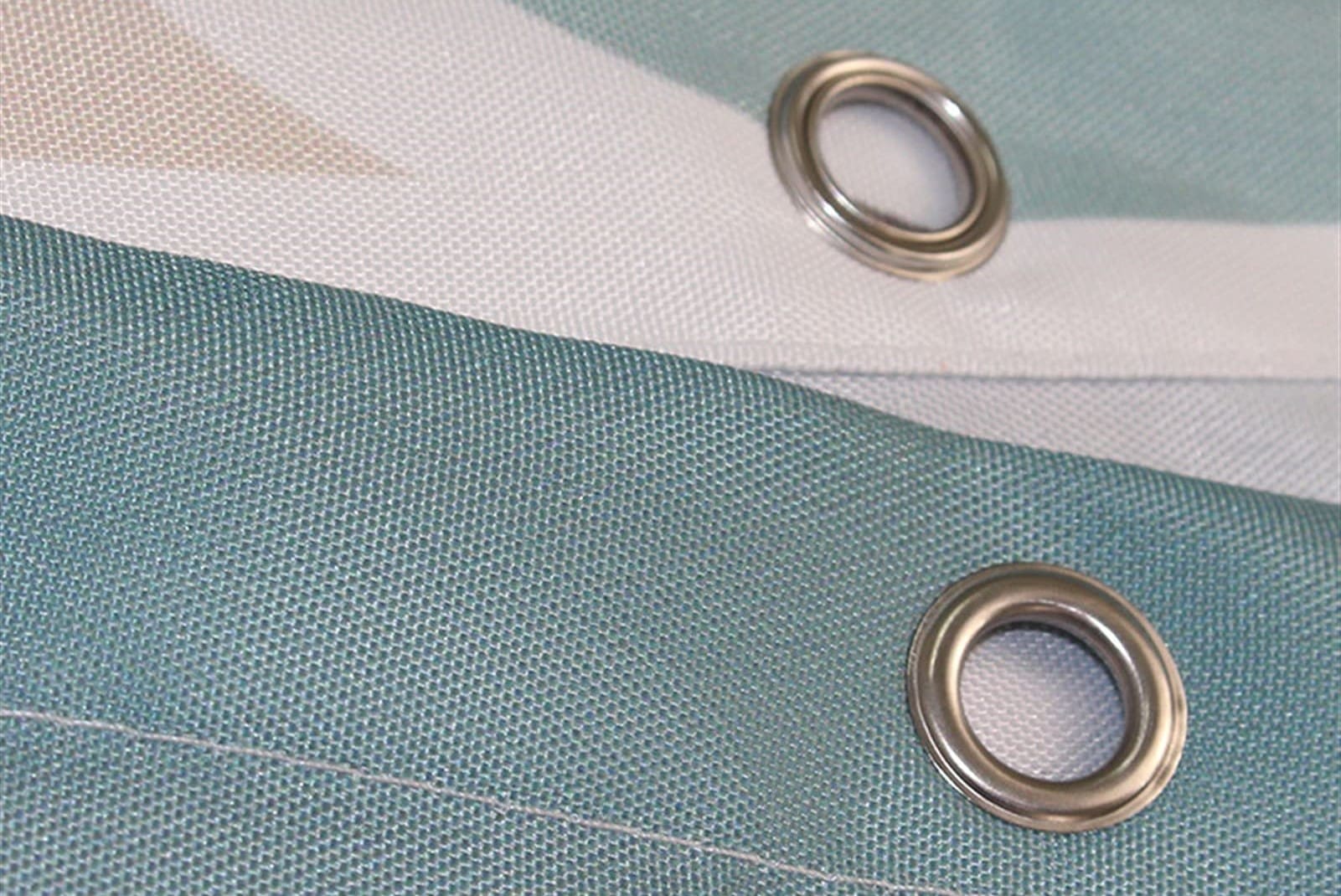
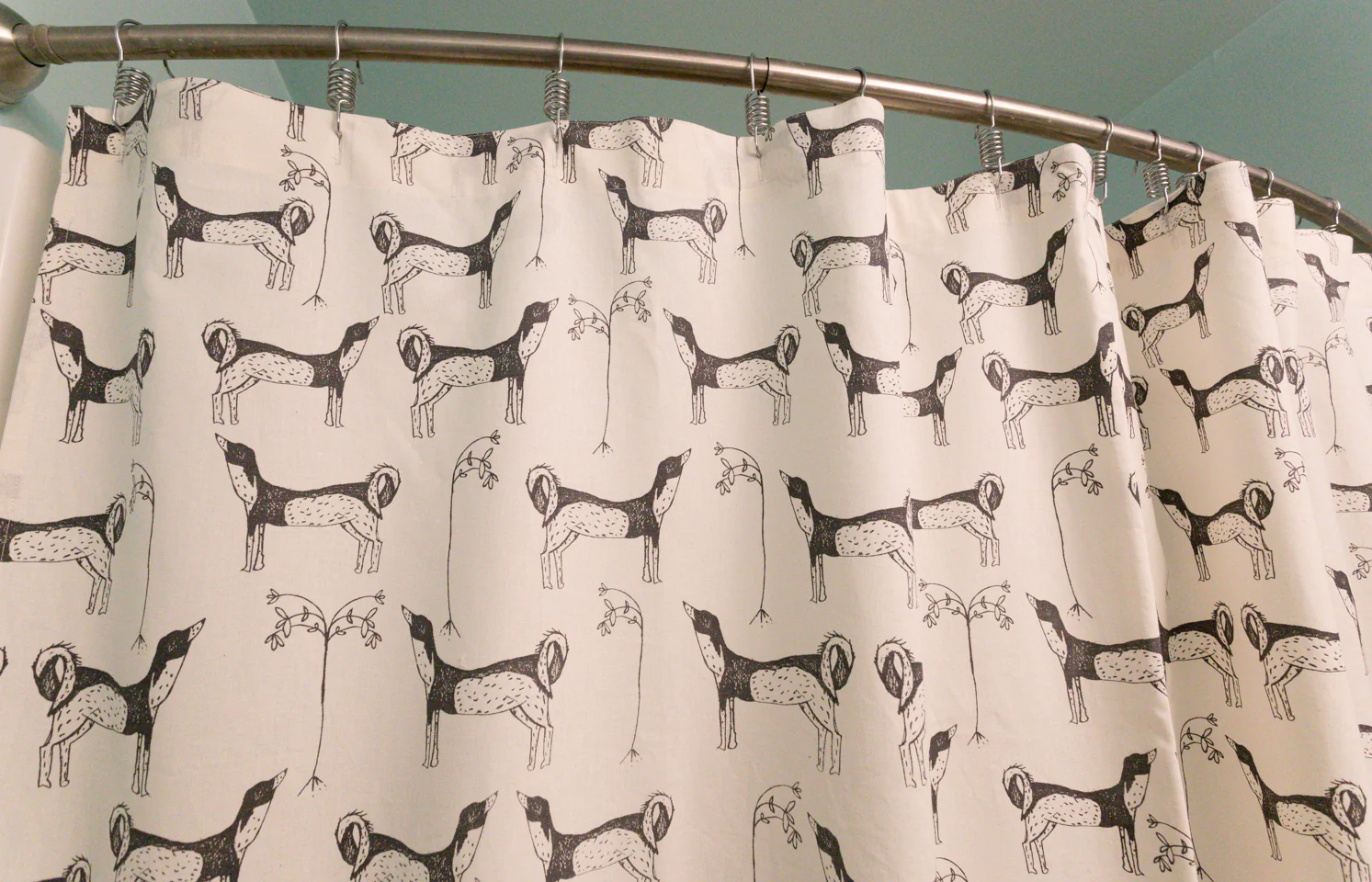

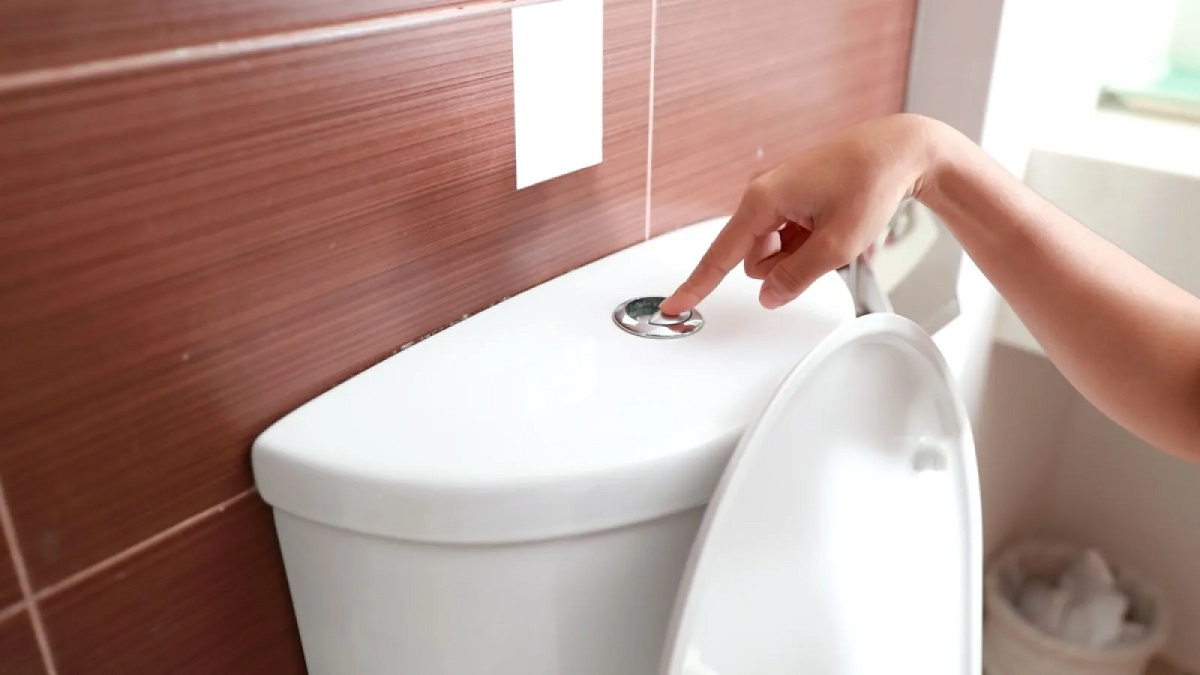
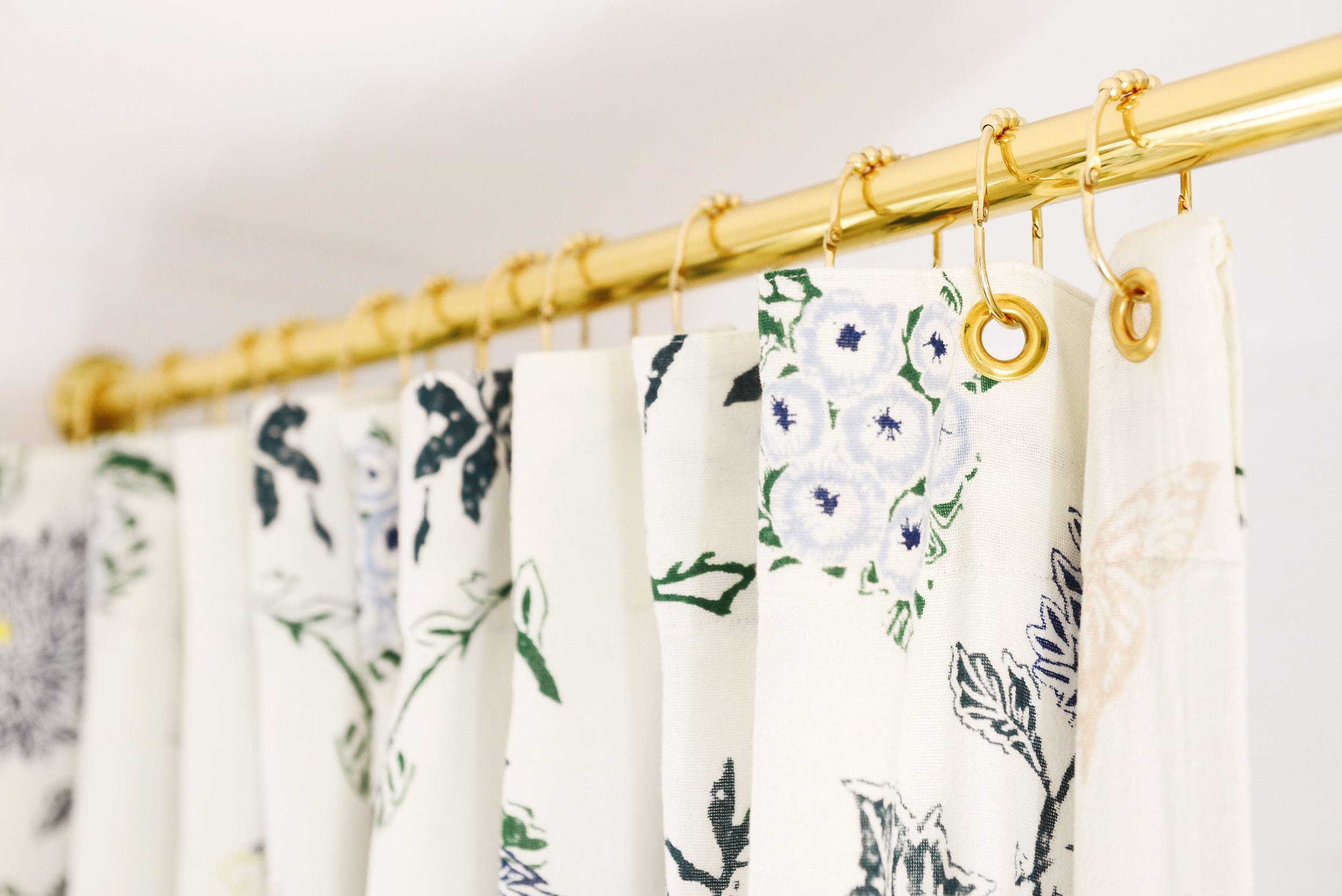
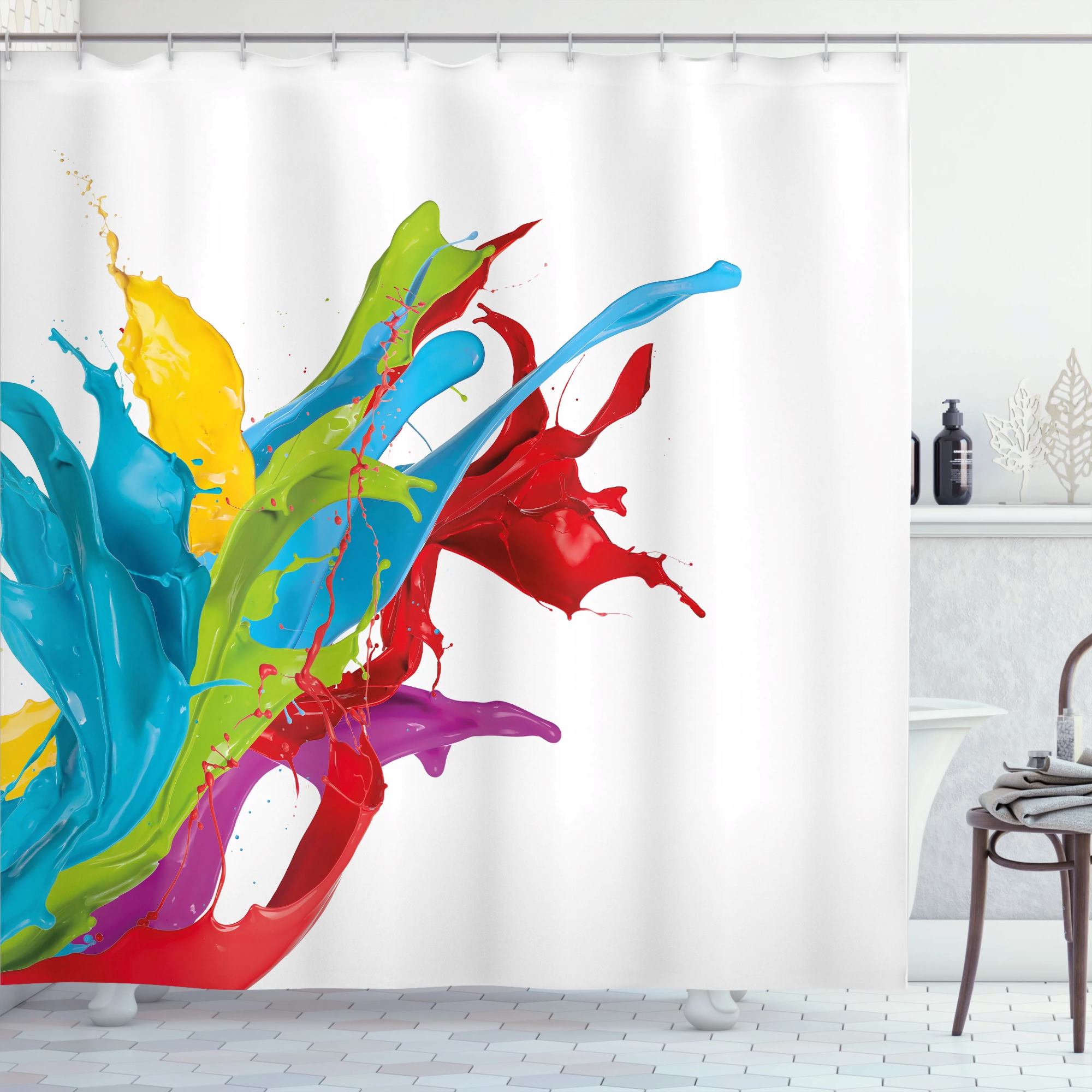
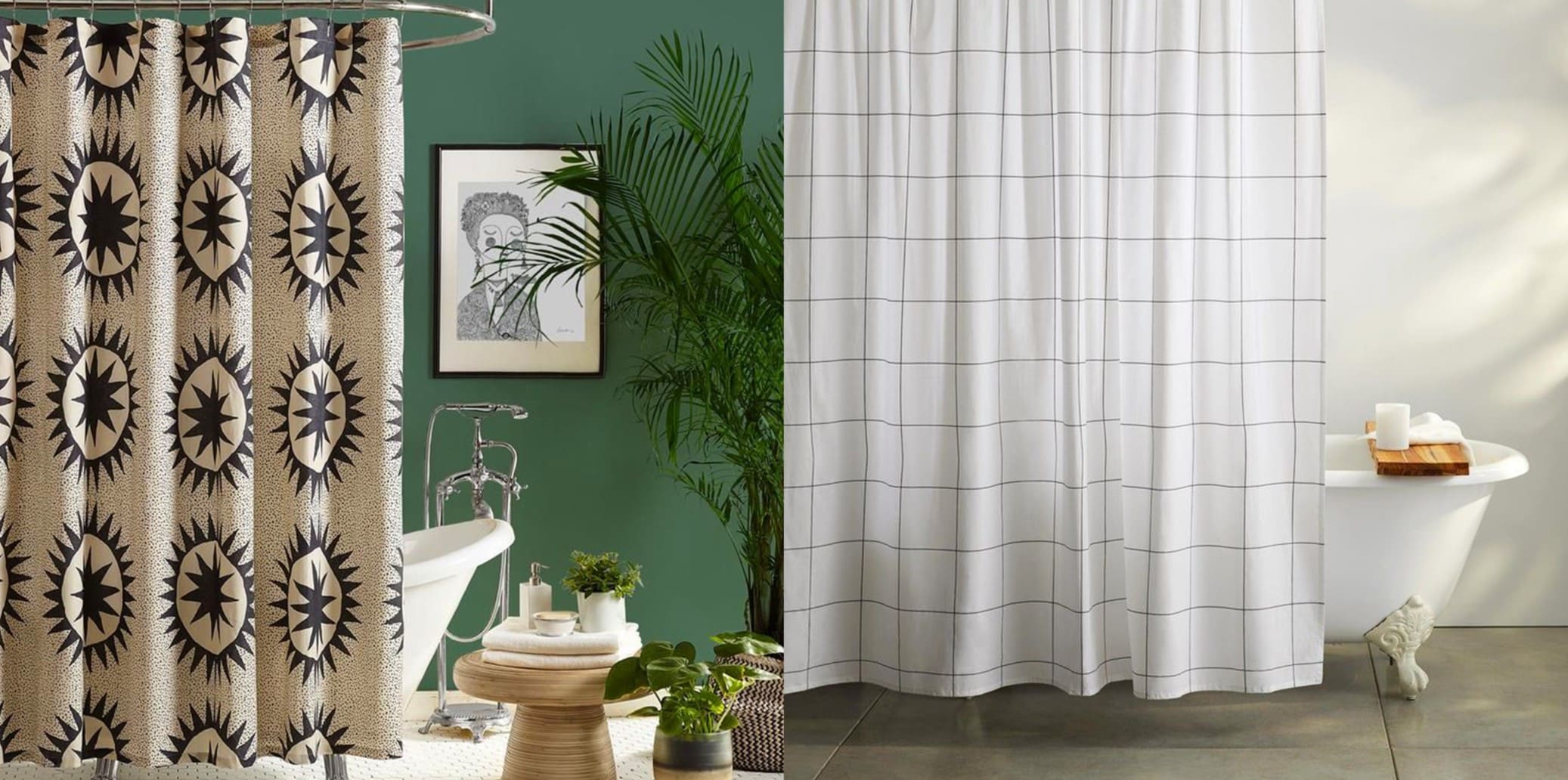
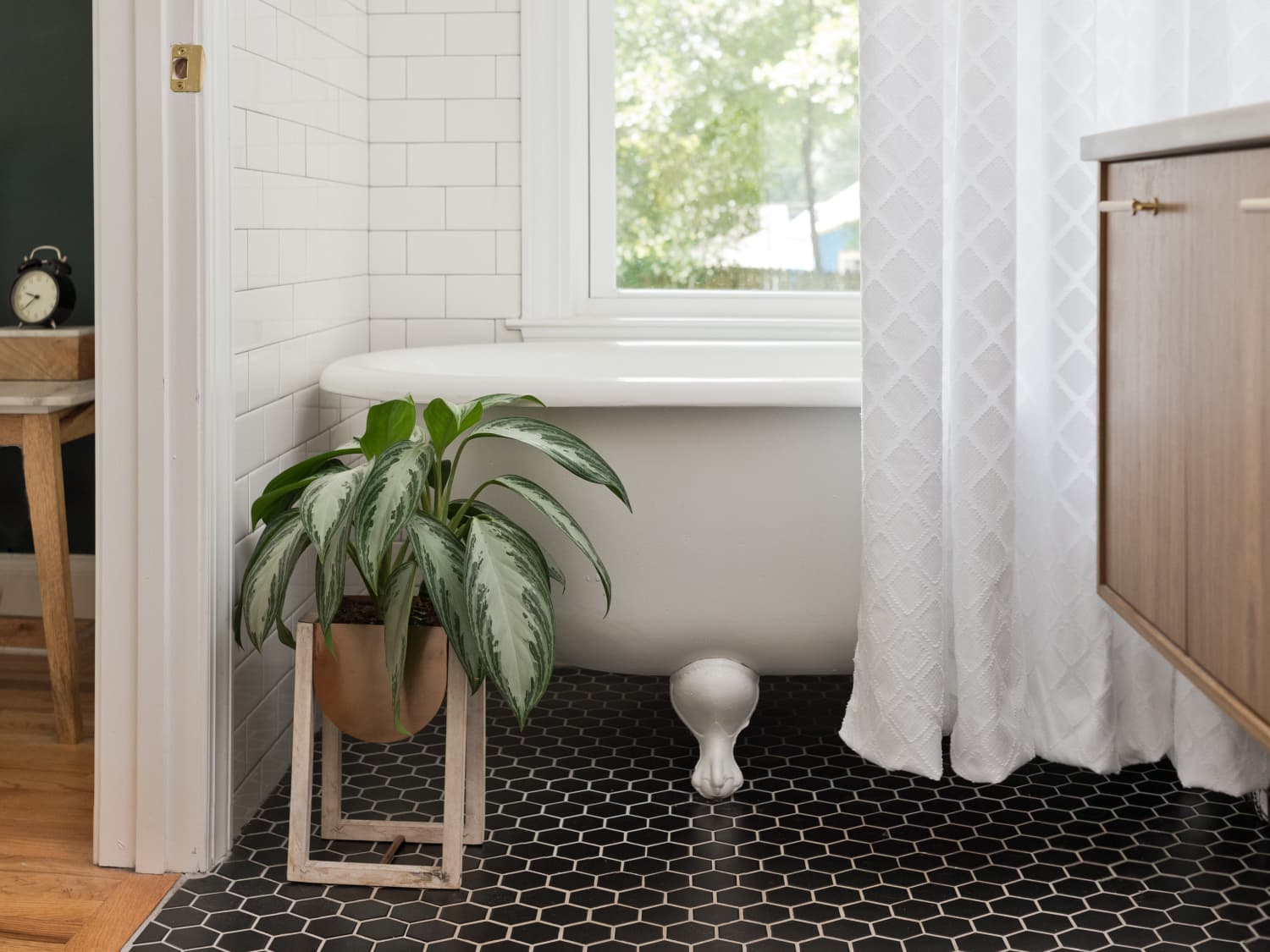
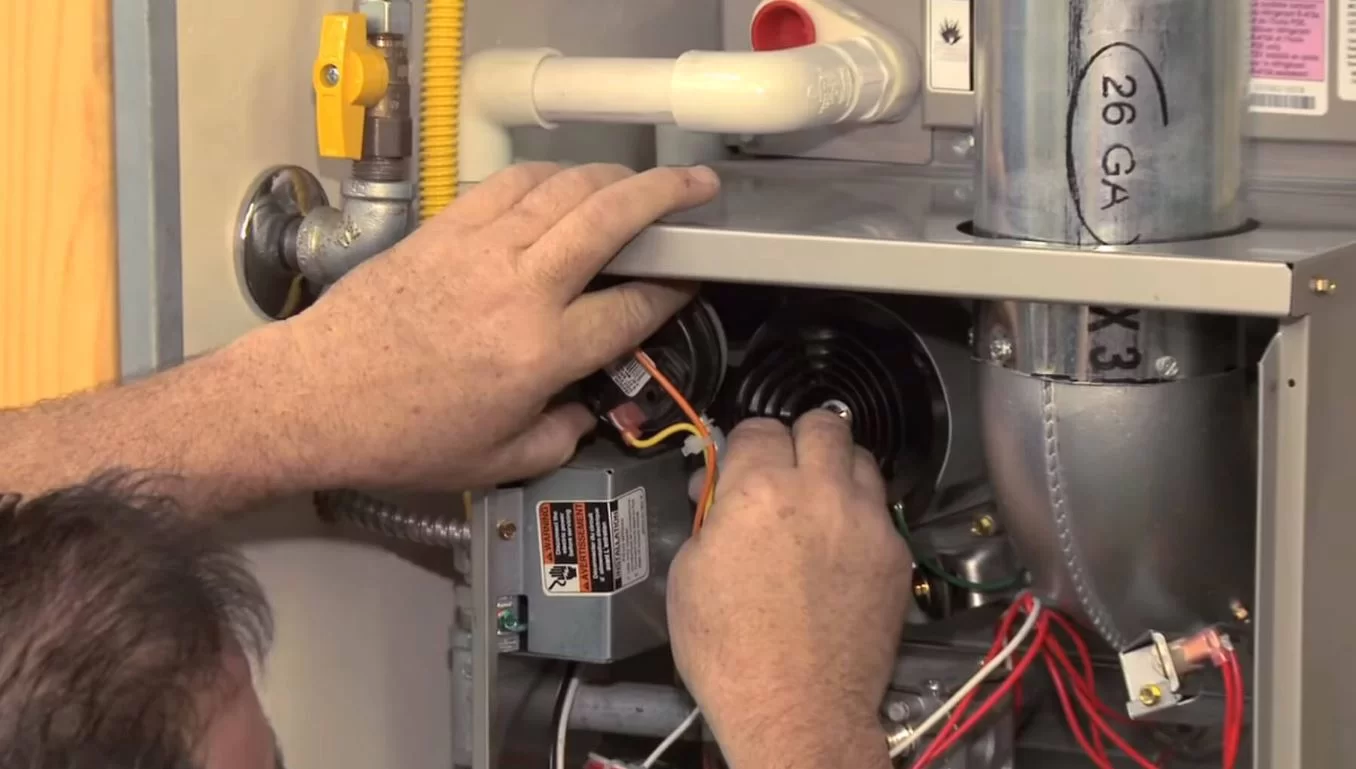

0 thoughts on “Why Does A Shower Curtain Blow In”